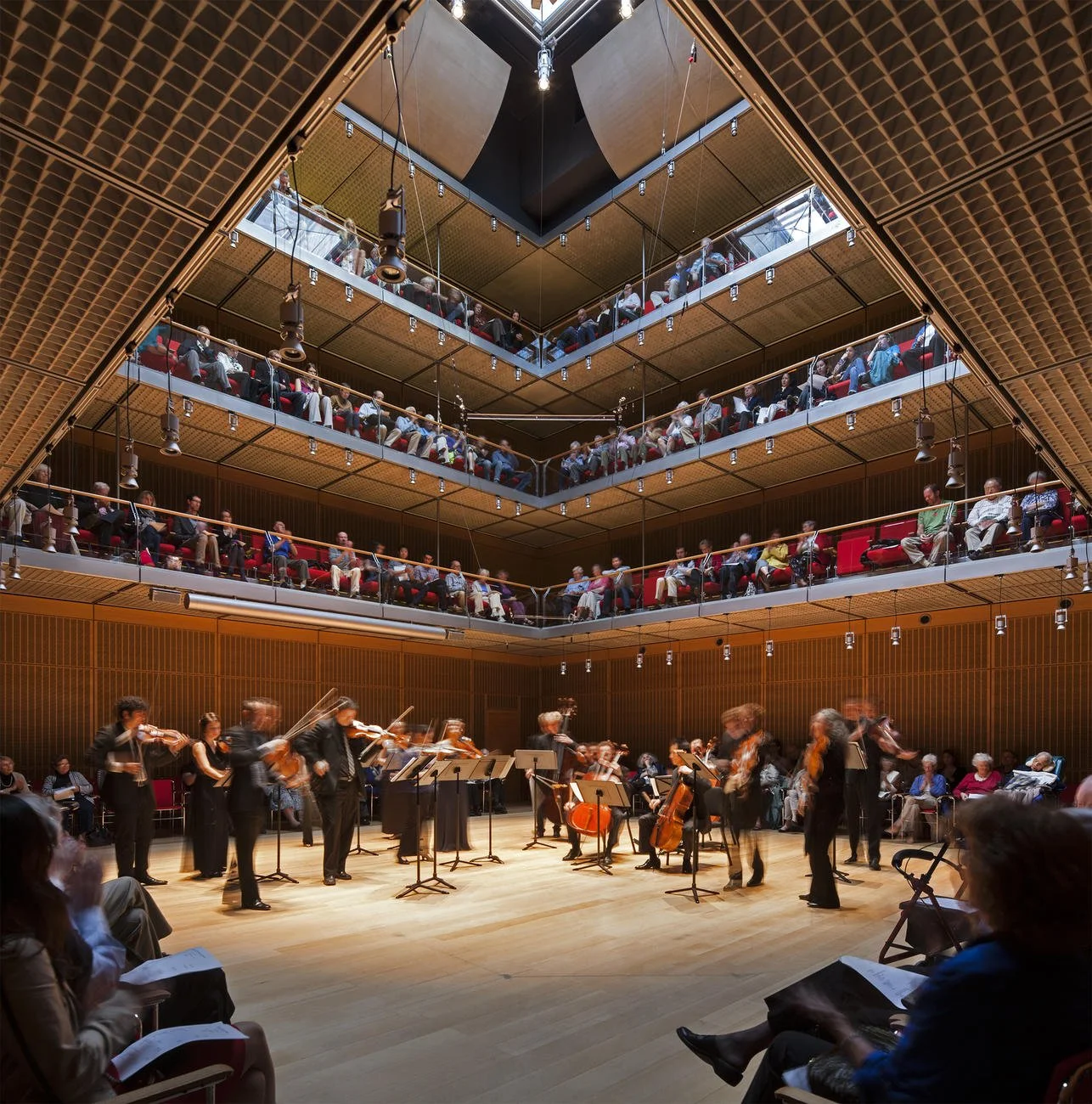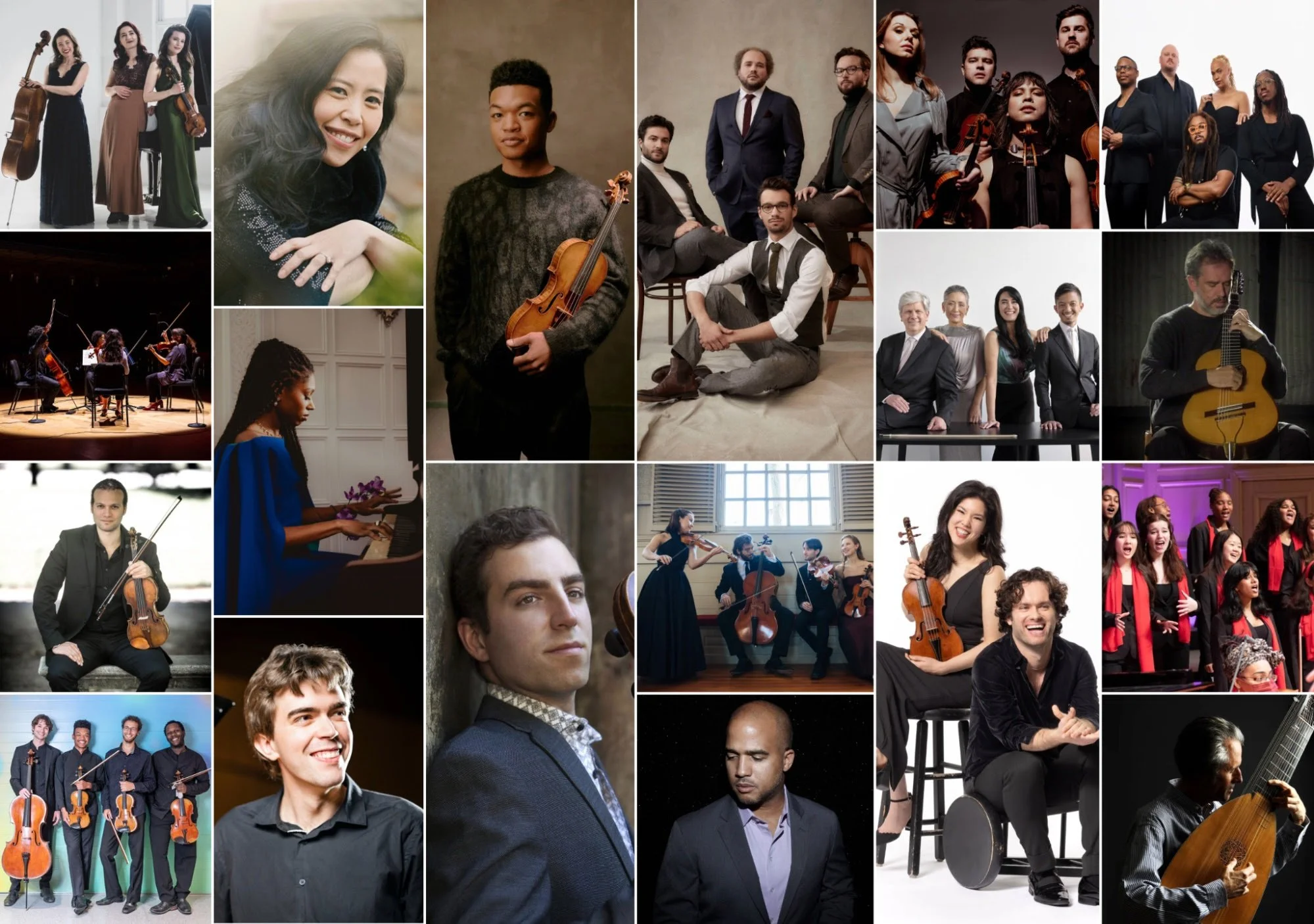Music at the Isabella Stewart Gardner Museum
LINKS & ASSETS
PRESS CONTACTS
Christina Jensen, christina@jensenartists.com
Kira Grunenberg, kira@jensenartists.com
646.536.7864
“bringing contemporary perspectives to historic narratives”
Isabella Stewart Gardner opened her Museum with a performance of Mozart’s Magic Flute by the Boston Symphony Orchestra. Ever since, music has been integral to the creative fabric of the institution. The Gardner’s Sunday concert series dates to 1927, and it remains the longest running museum music program in America, now with two seasons per year.
Embodying the fearless legacy of its founder, the Museum offers a singular invitation to explore the past through a contemporary lens, creating meaningful encounters with art and joyful connections for all. Modeled after a Venetian palazzo, unforgettable galleries surround a luminous Courtyard and are home to masters such as Rembrandt, Raphael, Titian, Michelangelo, Whistler, and Sargent. The Renzo Piano wing provides a platform for contemporary artists, musicians, and scholars and serves as an innovative venue where creativity is celebrated in all of its forms.
Abrams Curator of Music George Steel’s programming continues founder and legendary arts patron Isabella Stewart Gardner’s vision of bringing together musicians and audiences for inspiring gatherings. Much like Isabella Stewart Gardner did in her time, Steel champions unknown repertoire and embraces new works, creates connections and builds community among musicians, and supports them by presenting them in new endeavors and collaborations. His programming also frequently draws on the history of the Gardner Museum, featuring instruments from the Museum’s collection and music by composers who were associated with its founder. In honoring Isabella Stewart Gardner’s musical legacy, Music at the Gardner remains strongly committed to broadening the repertoire of music presented to include previously overlooked and marginalized composers as well as diverse performers, with a special focus on music by women, nonbinary, or musicians of color.
“[Calderwood Hall] portends an acoustic much closer to the kind expected by the great composers of the Baroque and Classical periods – strong, balanced, and exceptionally clear.”




